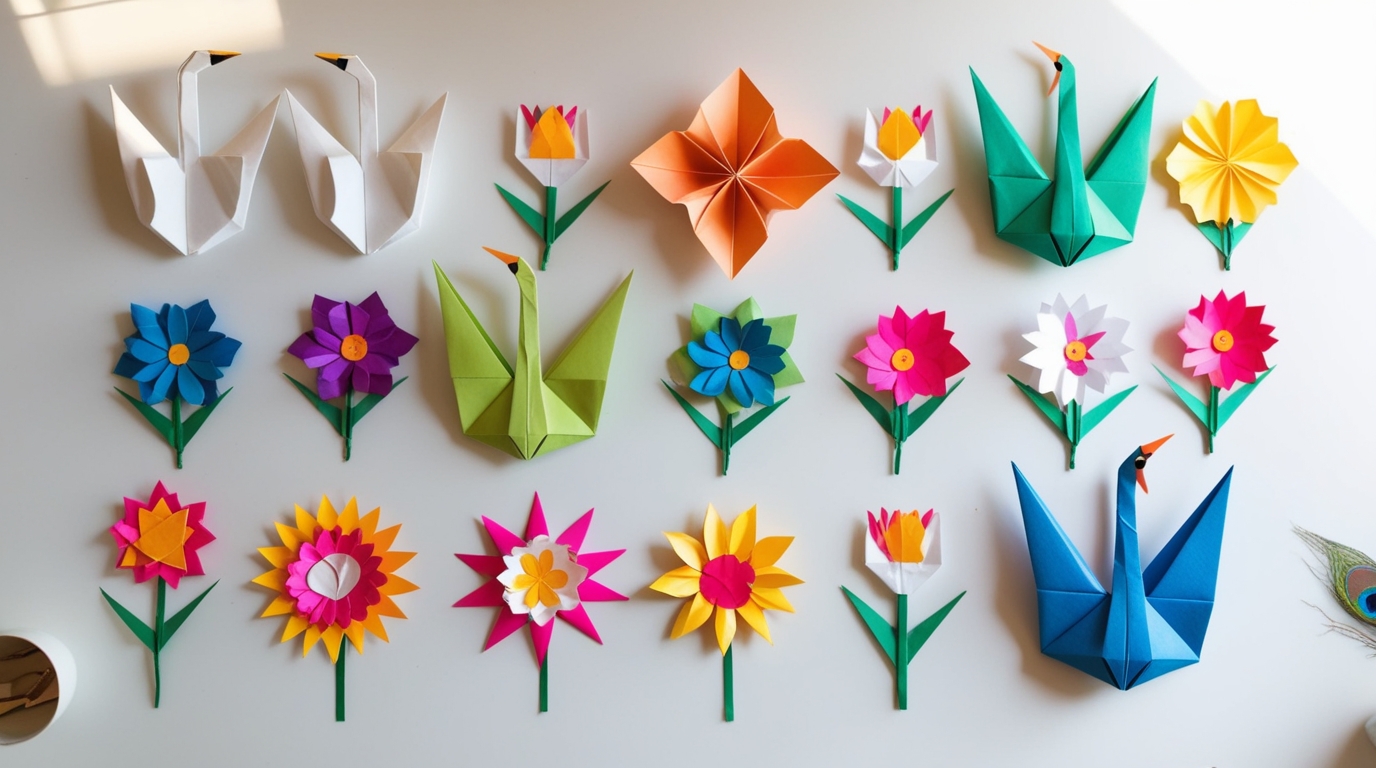
Behind the Scenes: How Our Handmade Origami Pieces Are Crafted
Introduction: The Beauty of Handmade Origami
At Tulsi Origami, every piece of art we create is made by hand with care and precision. Whether it's a delicate swan, a graceful peacock, or a colorful flower bouquet, our origami pieces are more than just folded paper—they're works of art filled with meaning and craftsmanship.
In this behind-the-scenes look, we’ll show you exactly how we create our handmade origami designs from start to finish. From choosing the right paper to the final packaging, you’ll get to see the love and effort that goes into each piece.
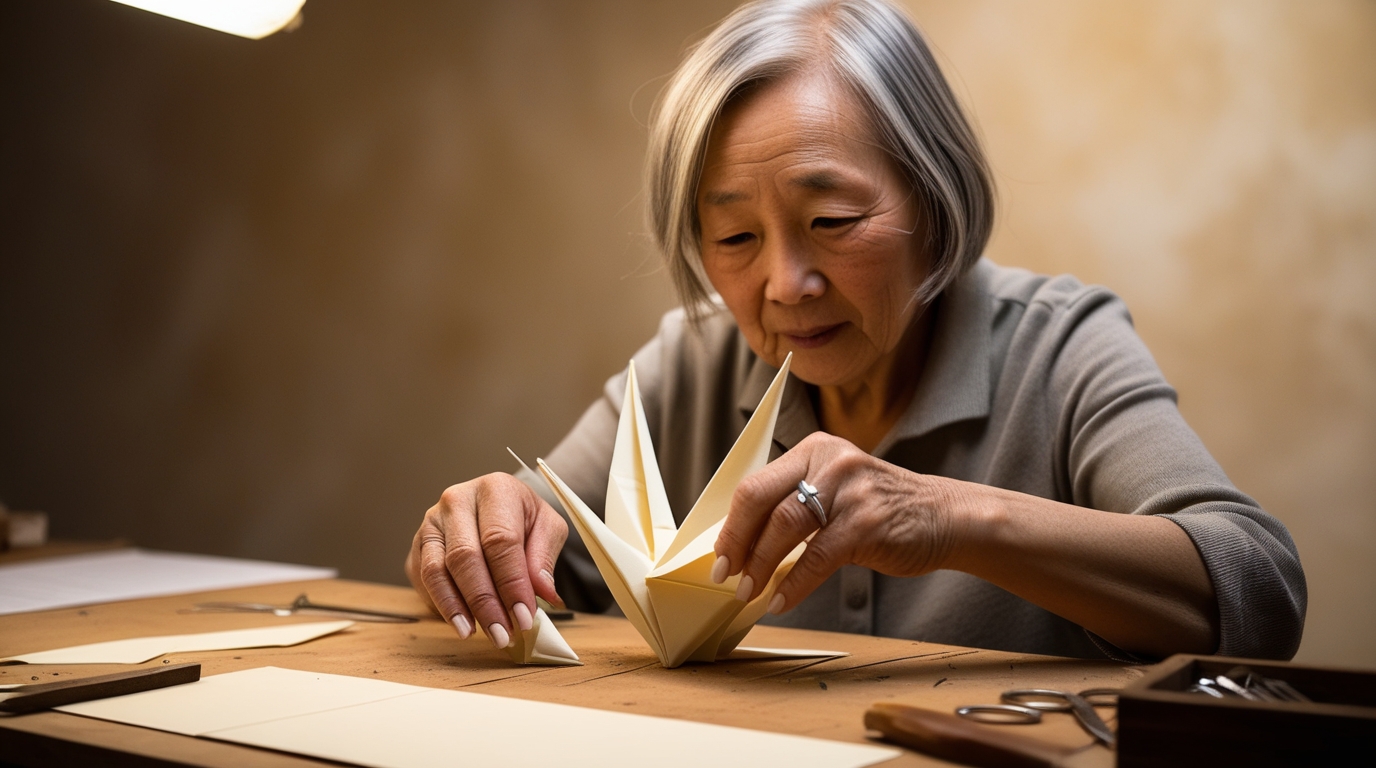
Step 1: Choosing the Right Paper
The first step in creating origami art is selecting the perfect paper. We use a variety of papers based on the type of design, color theme, and occasion.
Some of the papers we use include:
- Washi Paper – Traditional Japanese paper, soft yet durable
- Glossy and Metallic Papers – For elegant designs like peacocks and swans
- Eco-Friendly Recycled Paper – For our sustainable collection
- Colorful Craft Paper – For playful and vibrant models
Each piece of paper is carefully checked for texture, thickness, and color quality before we begin folding.
Step 2: Measuring and Cutting (If Required)
Most origami starts with a perfect square of paper. Sometimes we need to cut the paper into specific sizes, especially for larger models or custom pieces. We use:
- Paper cutters for precision
- Measuring scales to ensure size consistency
This step is important to make sure the final product looks clean and professional.

Step 3: Folding with Patience and Precision
Now comes the heart of origami—the folding process. This is where the paper transforms into artwork. Each piece can take anywhere from a few minutes to several hours depending on the complexity.
Our folding process involves:
- Using traditional origami techniques passed down through generations
- Following precise folding sequences for each design
- Paying attention to symmetry and accuracy
For detailed models like the peacock, we may fold hundreds of small paper modules and then assemble them together.
Step 4: Assembling Multi-Piece Origami (Modular Origami)
Some of our designs are made using a special technique called modular origami. This means we create many small folded pieces and connect them together to build large sculptures like:
- 3D swans
- Peacocks
- Baskets and vases
Each module is folded by hand and then carefully assembled without glue (unless the design requires added support for long-term durability).

Step 5: Adding Personal Touches
We love adding personalization to our origami products. This makes each gift special and unique. Here’s how we do it:
- Adding custom color combinations based on the customer’s request
- Folding names or initials into the design
- Including small handwritten notes or message scrolls
This step makes the origami piece more meaningful and personal.
Step 6: Quality Check and Finishing
Before any product is sent to a customer, we do a careful quality check. We make sure:
- All folds are clean and sharp
- There are no tears or paper damage
- The shape is symmetrical and balanced
If needed, we use special tools to press or shape the final piece so it looks perfect when displayed.
Step 7: Packaging with Care
The final step is packaging. We believe the unboxing experience should be as beautiful as the product itself. Our packaging process includes:
- Using eco-friendly boxes and paper wraps
- Adding protection layers to prevent damage during shipping
- Including a thank you note and care instructions
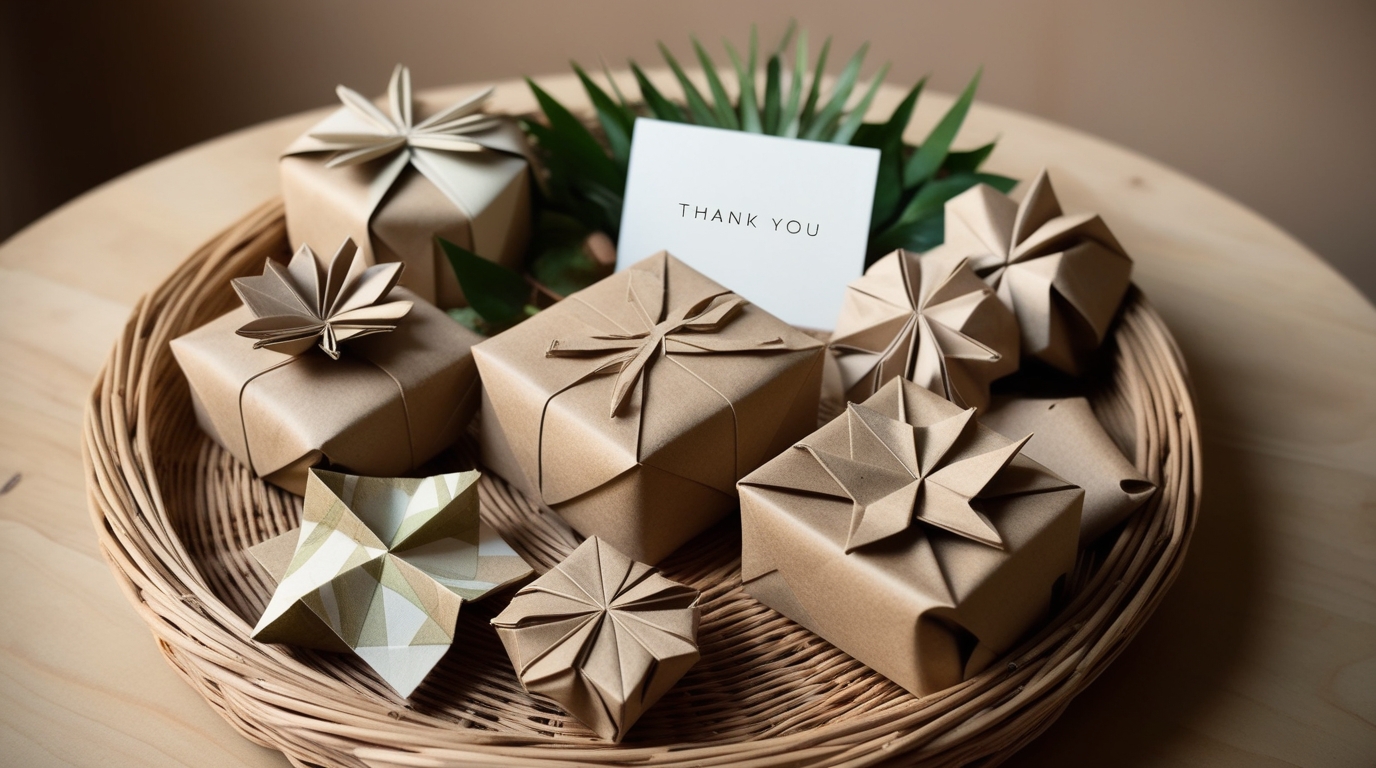
Final Thoughts: Handmade with Love
At Tulsi Origami, we believe every fold tells a story. From the first cut to the final package, our team puts love and passion into every step. We are proud to create gifts that are beautiful, eco-friendly, and meaningful.
When you buy from us, you’re not just getting a product—you’re getting a piece of handmade art that’s crafted with dedication and care.
Thank you for supporting handmade origami!
Paper Stories
LATEST ARTICLES
Behind Every Fold
Unfold meaningful stories, tips, and trends in modern origami culture.

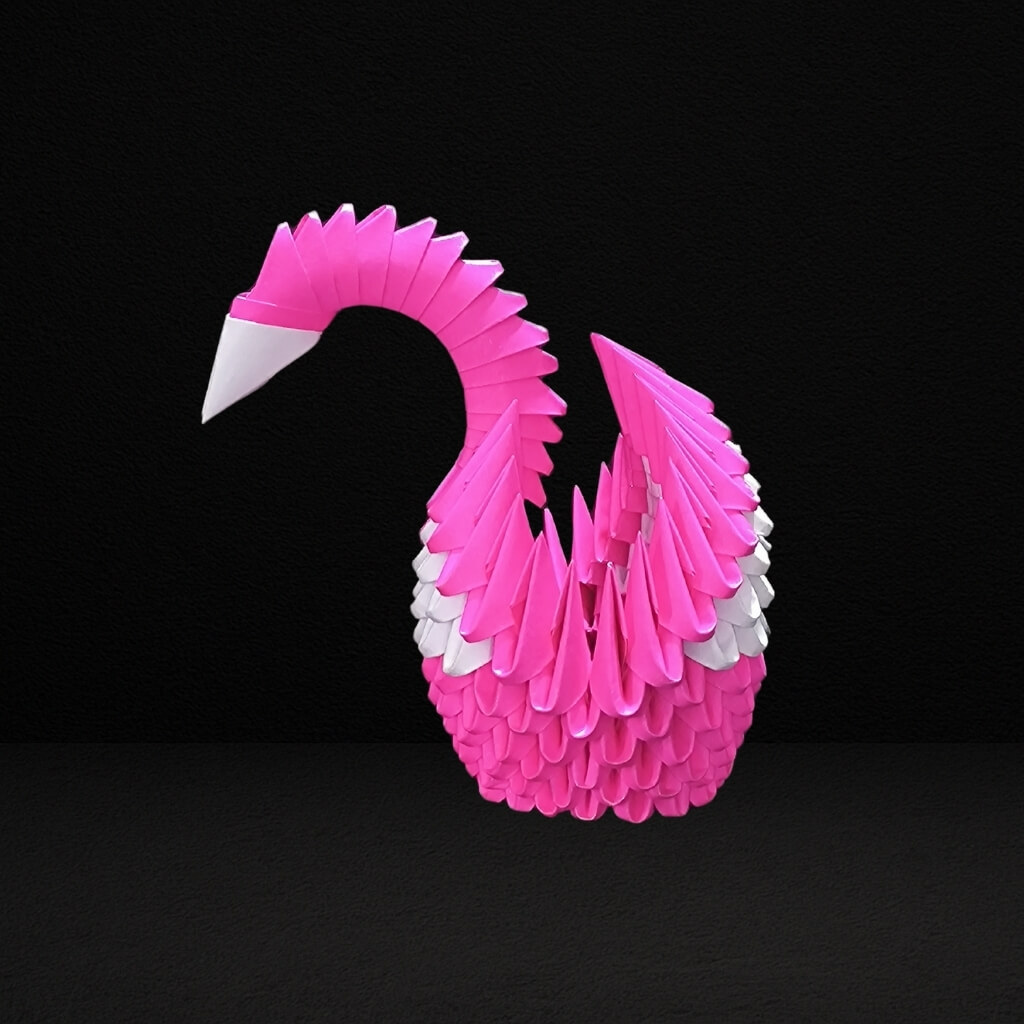
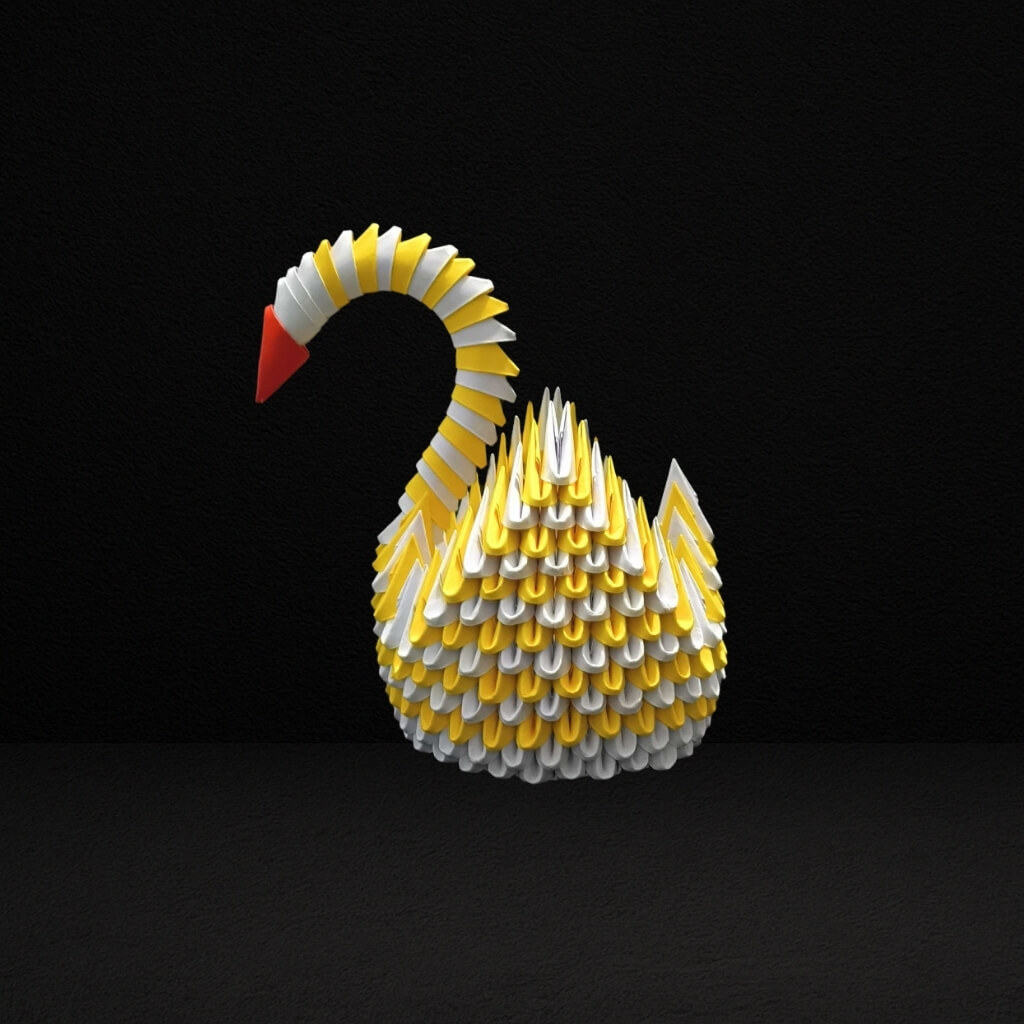
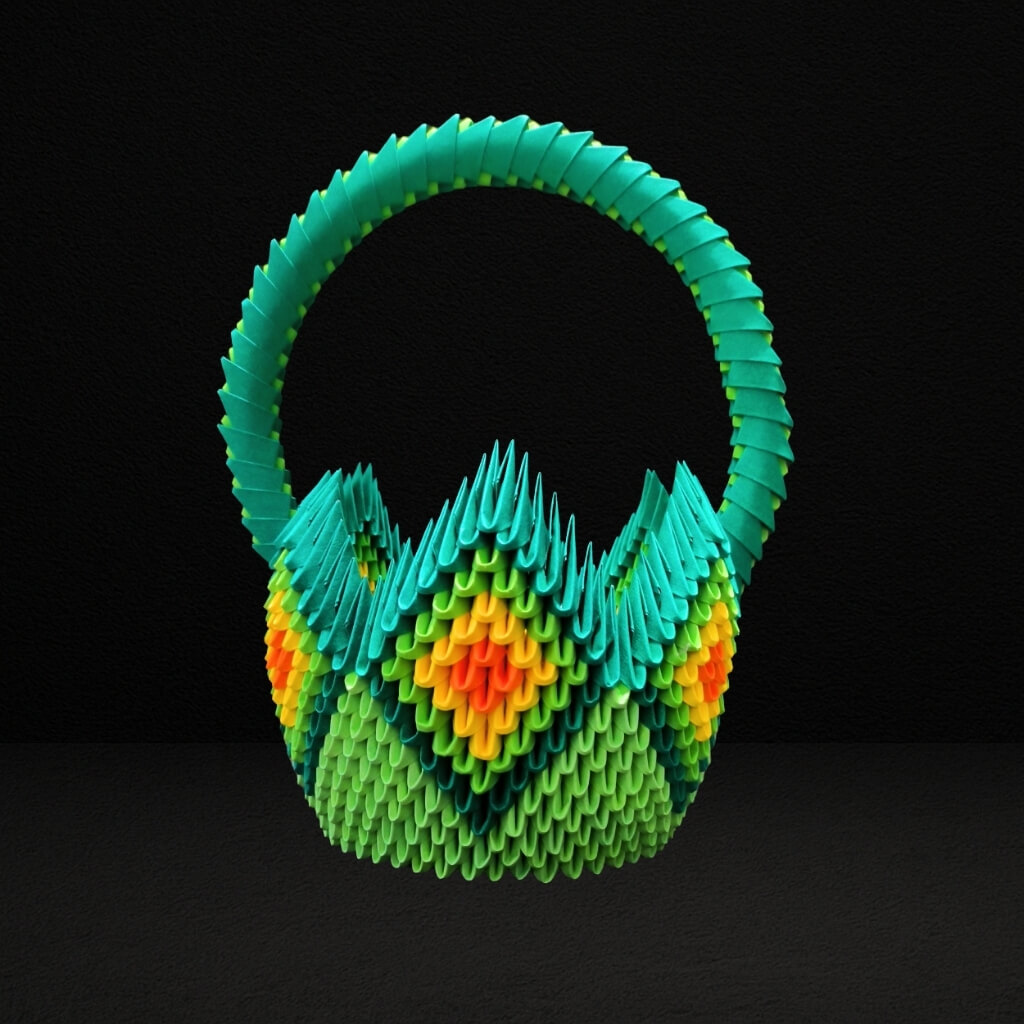
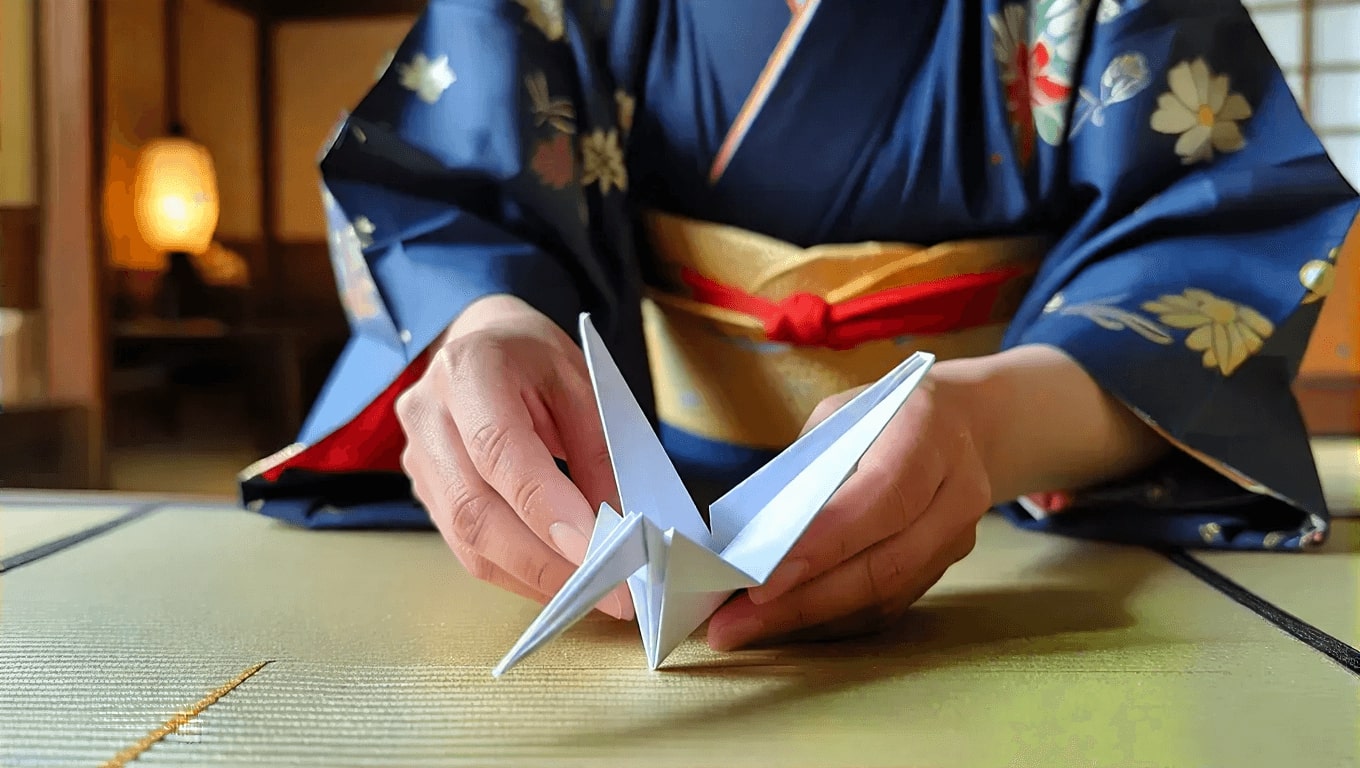
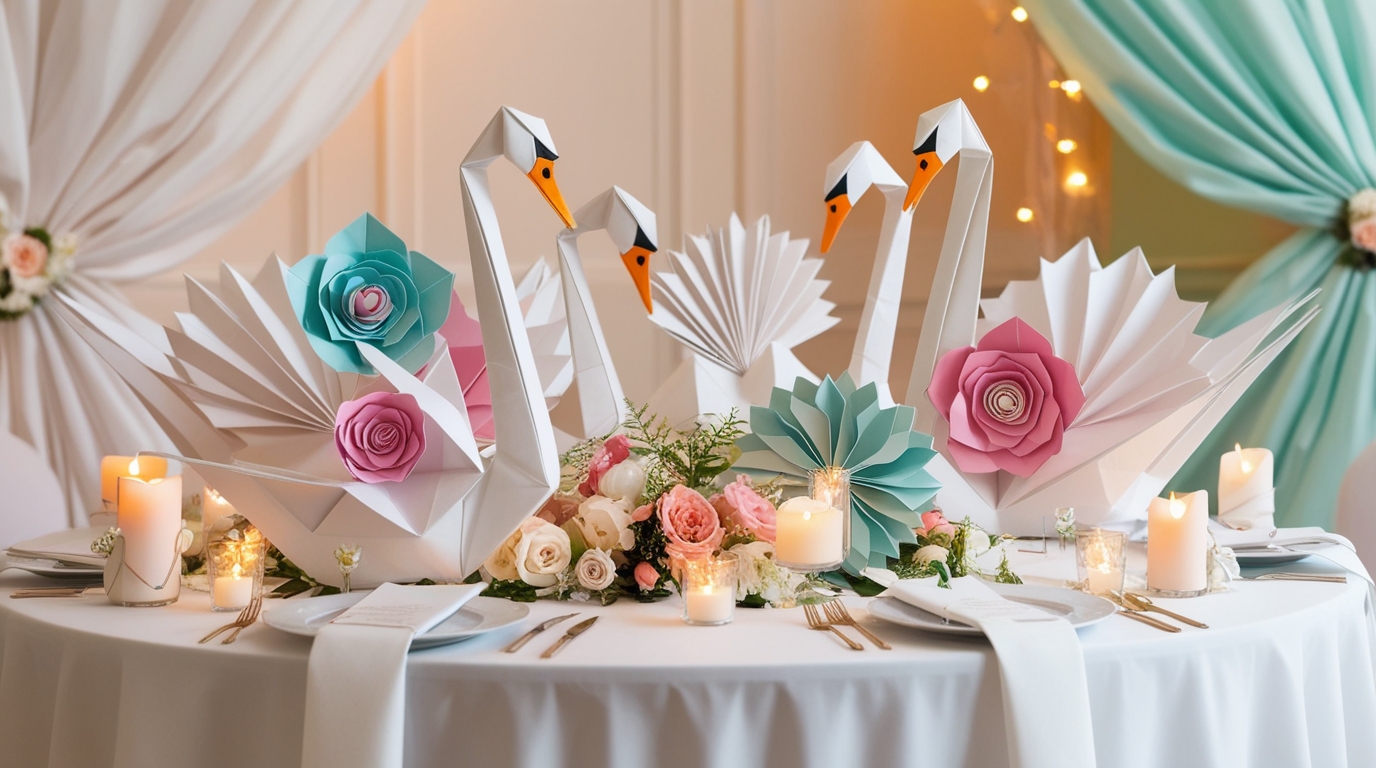
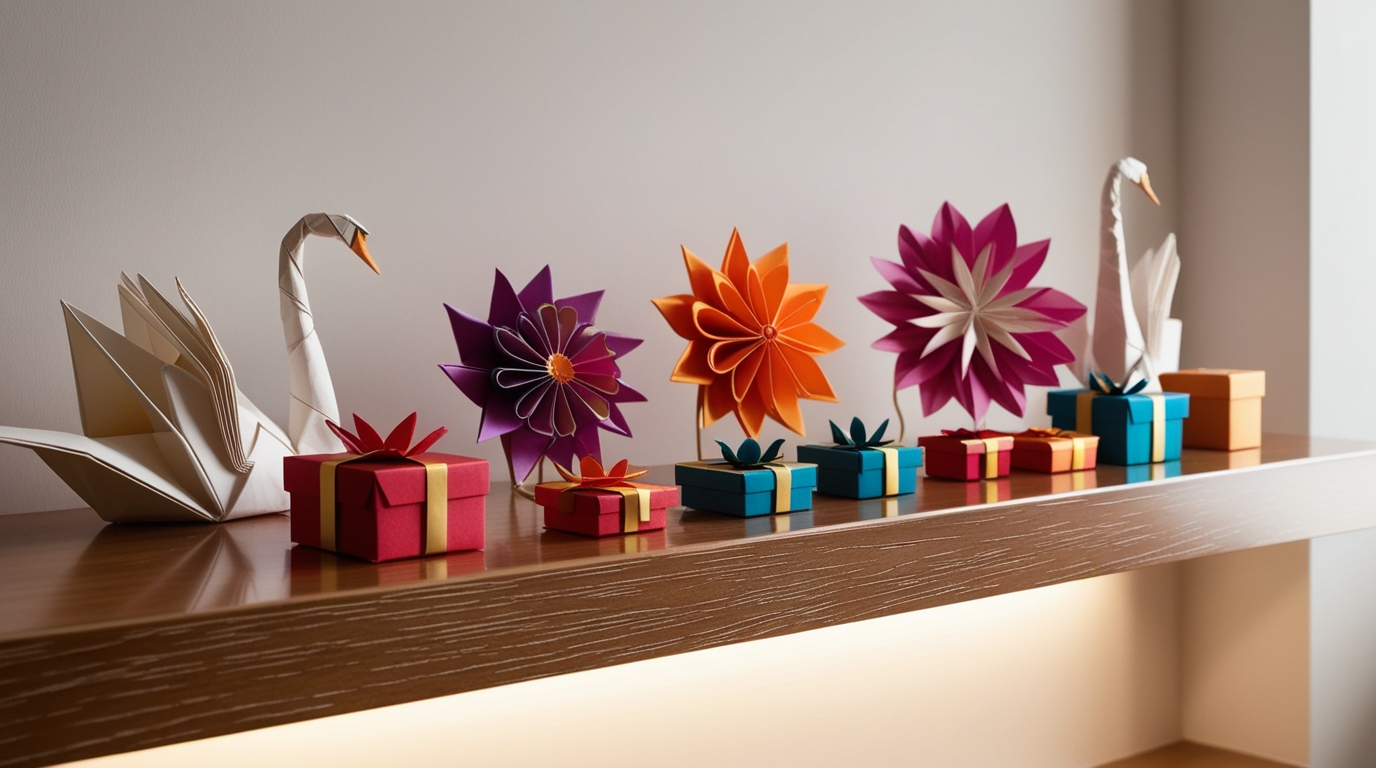
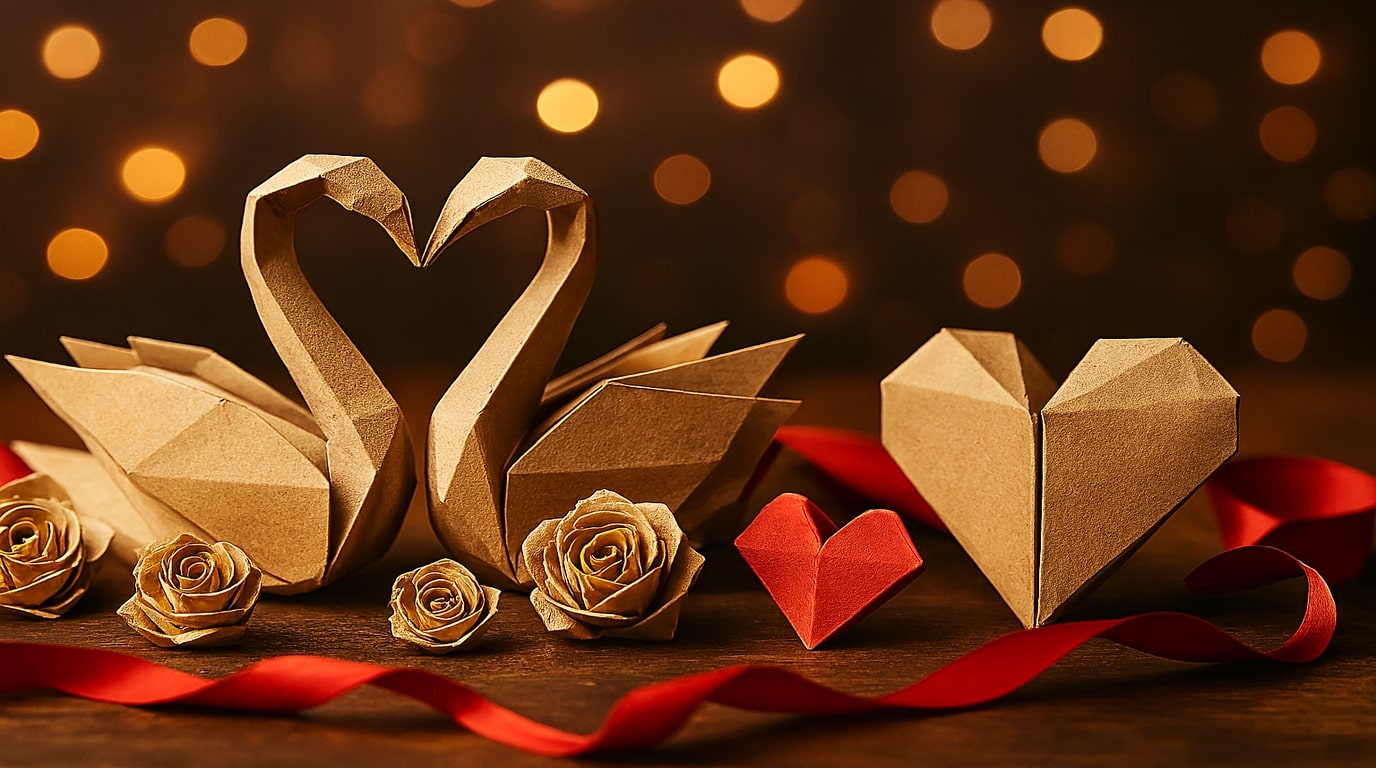
Comments
Post a Comment
You mustto post a comment.
No comments yet. Be the first to comment!